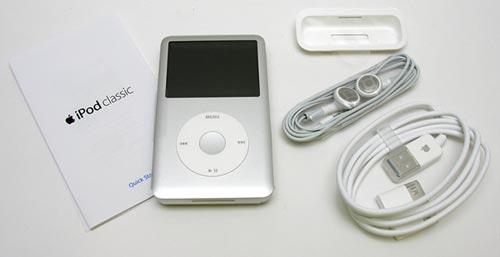Dealmaker
Inspired
So we are all sick of having terrible ringing in our ears after a gig...combination of somewhat over-enthusiastic back-line/drums volume and a singer who likes a LOT of stage volume.....plus many of the gigs we do - the sound guys like to ramp everything up and we end up with the PA bouncing back at us.....
Anyway - we think its time we embraced IEM - to save our hearing and be able to hear what we actually want to hear.......
However we are totally naive about it .....we each have our own rigs - 2 x Guitar (both on AXE) - bass player , vocalist x 2, and drums.
Usually at most gigs we have the AXE's to FOH - and use our own FRFR as monitors on output 2...the bass rig goes DI to FOH and the rig itself is used for monitoring.......the vocalist use either Shure Mic's or sometimes wireless mic, and the drums are sometimes mic'd up - and sometimes, dependent on venue - they aren't.......
So can someone give me a REALLY simple synopsis of how we'd use IEM - where do we get the respective feeds from - where do we mix what everyone wants in their own IEM - what sort of reasonably priced IEM we could buy, and whether we can mix "on the fly" ?? I've seen some mega-rigs on the Fractal Axe Facebook page (theres a lovely one in there at present) - where they are using I think, Logic Pro (that we also know nothing about!) and an iPad to mix their IEM feeds??
Would be great if someone could sort of paint me a mental picture of the gear we would need and how we would wire it.....compunding the issue - a lot of gigs we play we do a 1 hour set as part of a 5 or 6 bad line-up - so we need to get on and set up quickly ......
Thanks for any ideas!
Anyway - we think its time we embraced IEM - to save our hearing and be able to hear what we actually want to hear.......
However we are totally naive about it .....we each have our own rigs - 2 x Guitar (both on AXE) - bass player , vocalist x 2, and drums.
Usually at most gigs we have the AXE's to FOH - and use our own FRFR as monitors on output 2...the bass rig goes DI to FOH and the rig itself is used for monitoring.......the vocalist use either Shure Mic's or sometimes wireless mic, and the drums are sometimes mic'd up - and sometimes, dependent on venue - they aren't.......
So can someone give me a REALLY simple synopsis of how we'd use IEM - where do we get the respective feeds from - where do we mix what everyone wants in their own IEM - what sort of reasonably priced IEM we could buy, and whether we can mix "on the fly" ?? I've seen some mega-rigs on the Fractal Axe Facebook page (theres a lovely one in there at present) - where they are using I think, Logic Pro (that we also know nothing about!) and an iPad to mix their IEM feeds??
Would be great if someone could sort of paint me a mental picture of the gear we would need and how we would wire it.....compunding the issue - a lot of gigs we play we do a 1 hour set as part of a 5 or 6 bad line-up - so we need to get on and set up quickly ......
Thanks for any ideas!

